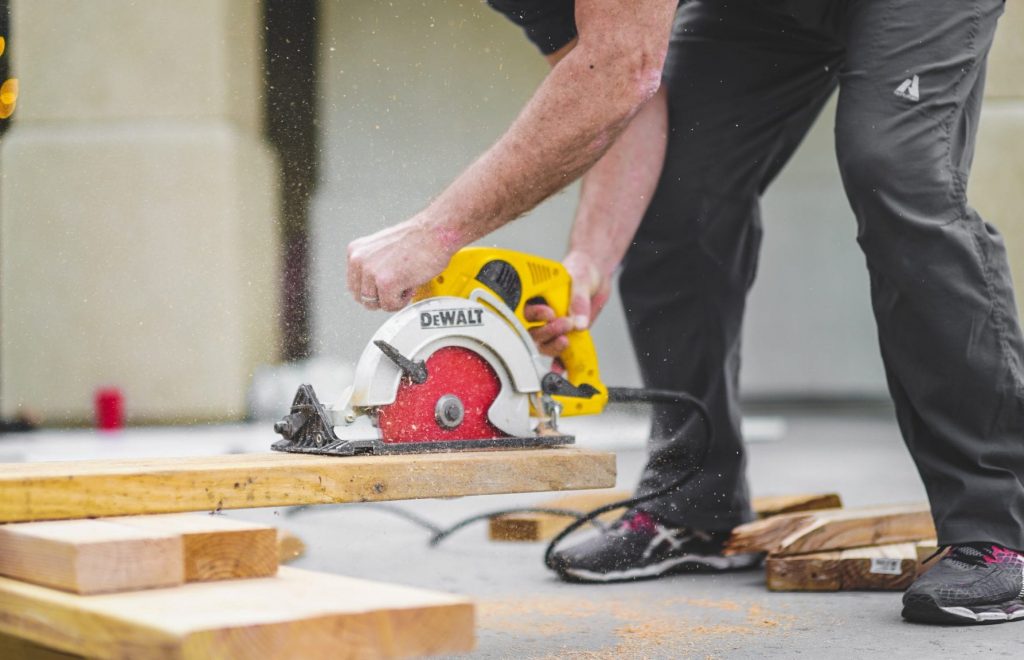
Thanks to technical progress, new, more advanced substances and materials are constantly appearing in industry and construction. Despite the development of environmental technologies, some of the modern materials in the construction industry harm health. Due to their use, the house or apartment becomes simply dangerous to health and living.
Mineral wool in a frame house
Frame construction is one of the most popular technologies for housing. High-quality construction will not pose any danger to their owners, but if it is poorly sealed mineral wool insulation, its microparticles will be carried around the premises, adversely affecting the home microclimate.
PVC panels
Polyvinyl chloride panels (abbreviated PVC) is probably the most common synthetic material with virtually unlimited scope. As material in itself, polyvinyl chloride is not dangerous, but when exposed to heat, it begins to decompose, releasing harmful compounds.
The fact is that to improve the processing of PVC, increase its stability, get the desired properties, it is added various fillers and dyes. Toxic impurities can poison human health.
Carpeting
Easy to use and aesthetically pleasing material is simply indispensable in interior design. But its danger is high flammability and rapid spread of flames to neighboring materials. On a flammability scale from 1 to 4, the flammability index of carpeting G-4.
Mounting foam
Material without which in construction at all not to manage. With the help of this universal insulating material window and door, openings are laid, cracks are filled, surfaces are glued.
However, the mounting foam contains formaldehyde. This is a real poison that is released directly at the time of work with foam. After curing, the release of harmful substances decreases.
If the insulation requires a minimum amount of foam, the release of formaldehyde will not harm your health. To reduce the toxic effects of foam, it is recommended never to leave it open and to protect it from direct sunlight.
Paints
Oil paints and enamels usually contain such strong toxins as benzene and arsenic. They get into the air during the painting process.
Only water-based paint is environmentally friendly and harmless. However, the water-emulsion coating is not as stable as oil. For better fixing of water paint on a surface, some cover it from above with ecological, colorless varnish. But when it comes to wooden products, the varnish on the contrary is not recommended.
Recommendations
When choosing a material for building or repairing a house, everyone wants to get maximum quality with minimum finances. And so, as a rule, does not work.
The truth is that expensive material is usually made from safe and high-quality raw materials, and cheap from inferior quality raw materials, often dangerous to health. And, thus, the house can gather a set of beautiful but dangerous materials and furniture, with a specific smell of harmful substances, not at all good for health.
If you are already faced with the fact that the microclimate in the house leaves much to be desired, you can add naturalness and beauty to your home by lining the walls with a furniture board. This will help you fill the house with the freshness of the coniferous forest and clean the home air of synthetic toxins.
Picture Credit: Unsplash



